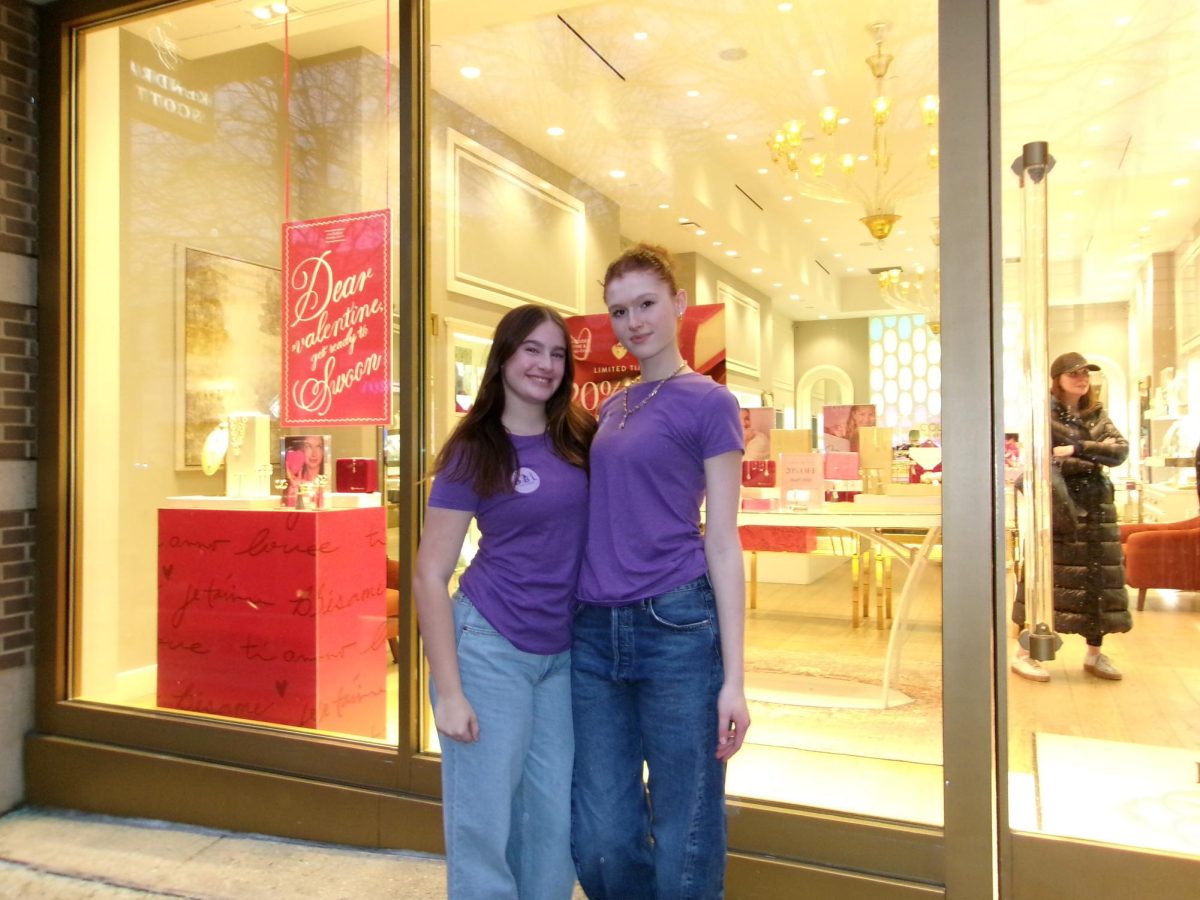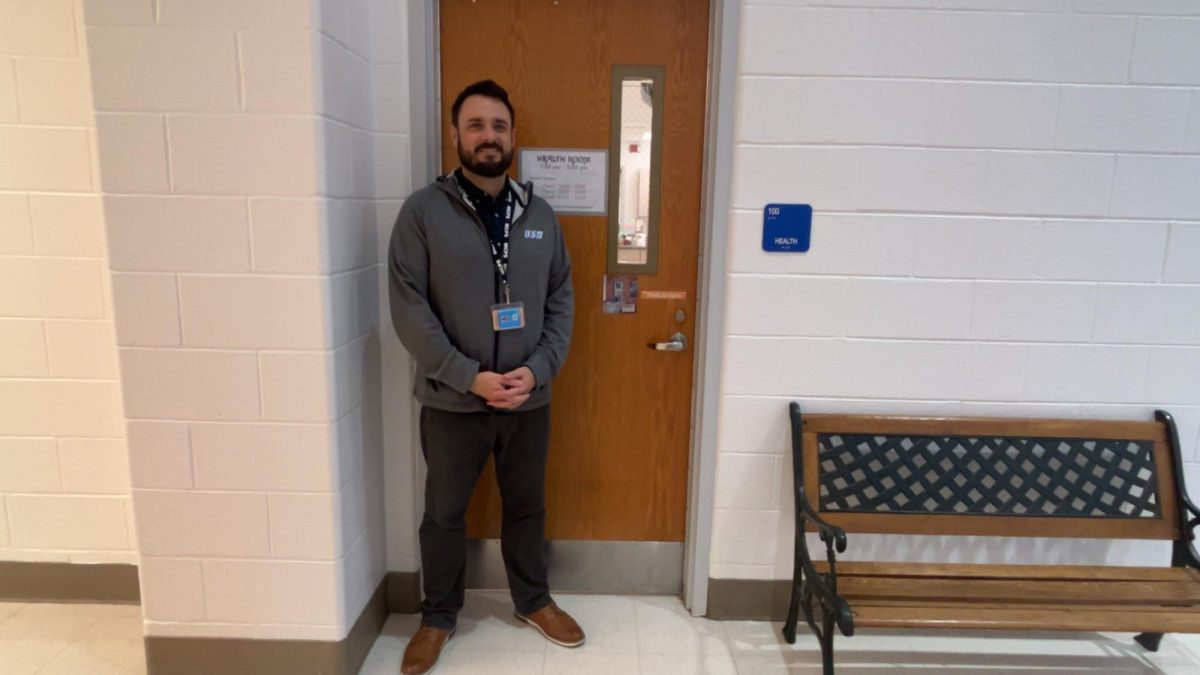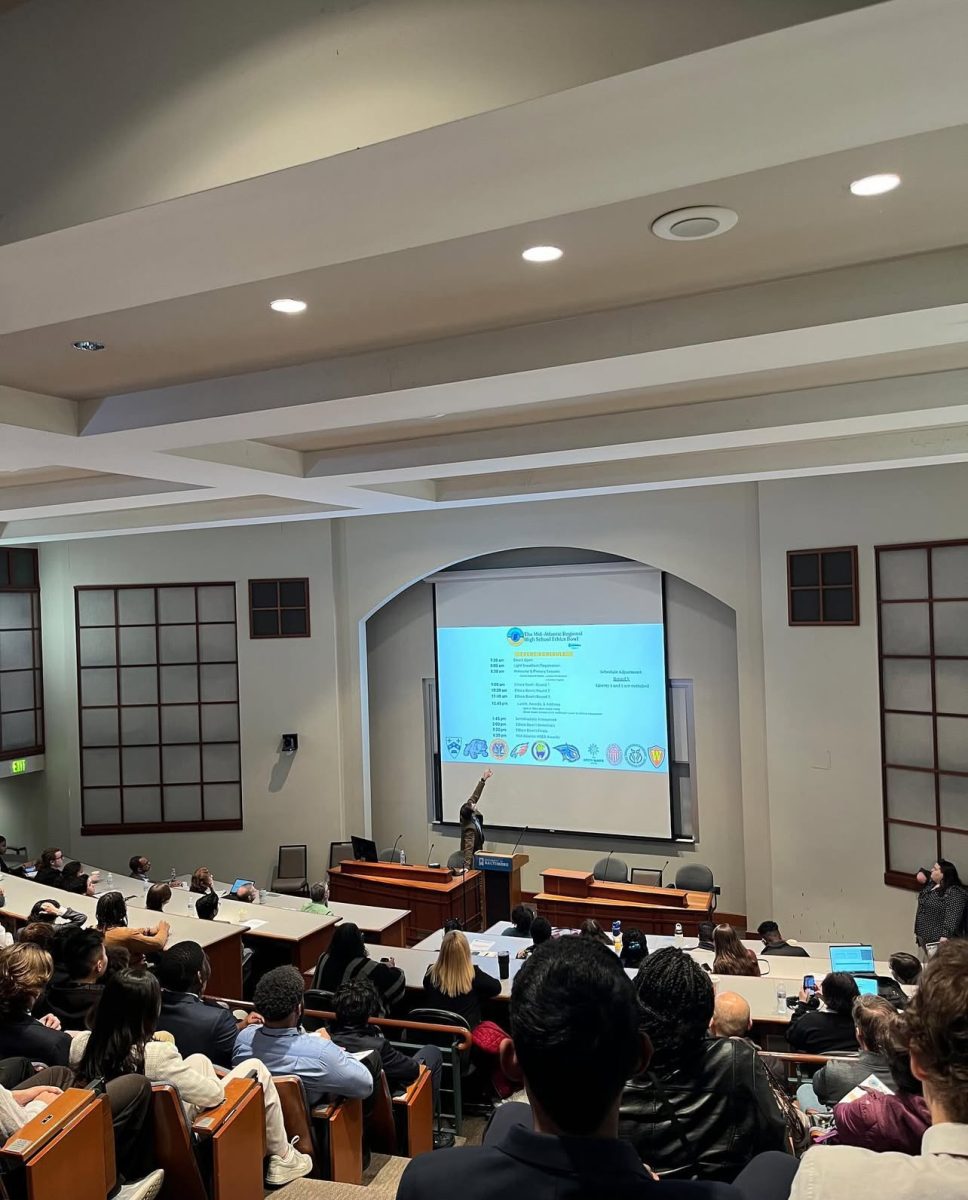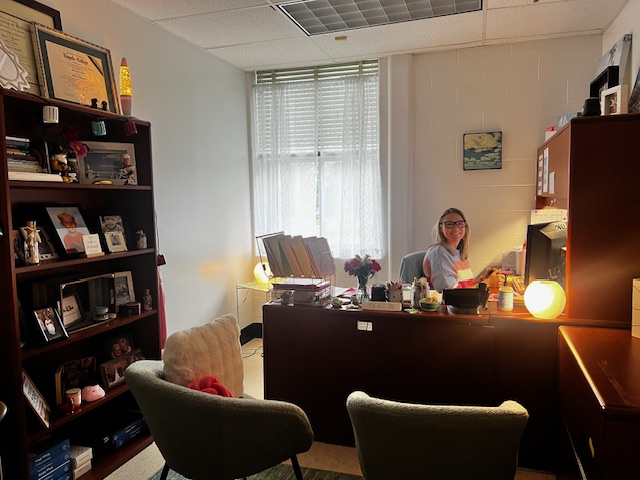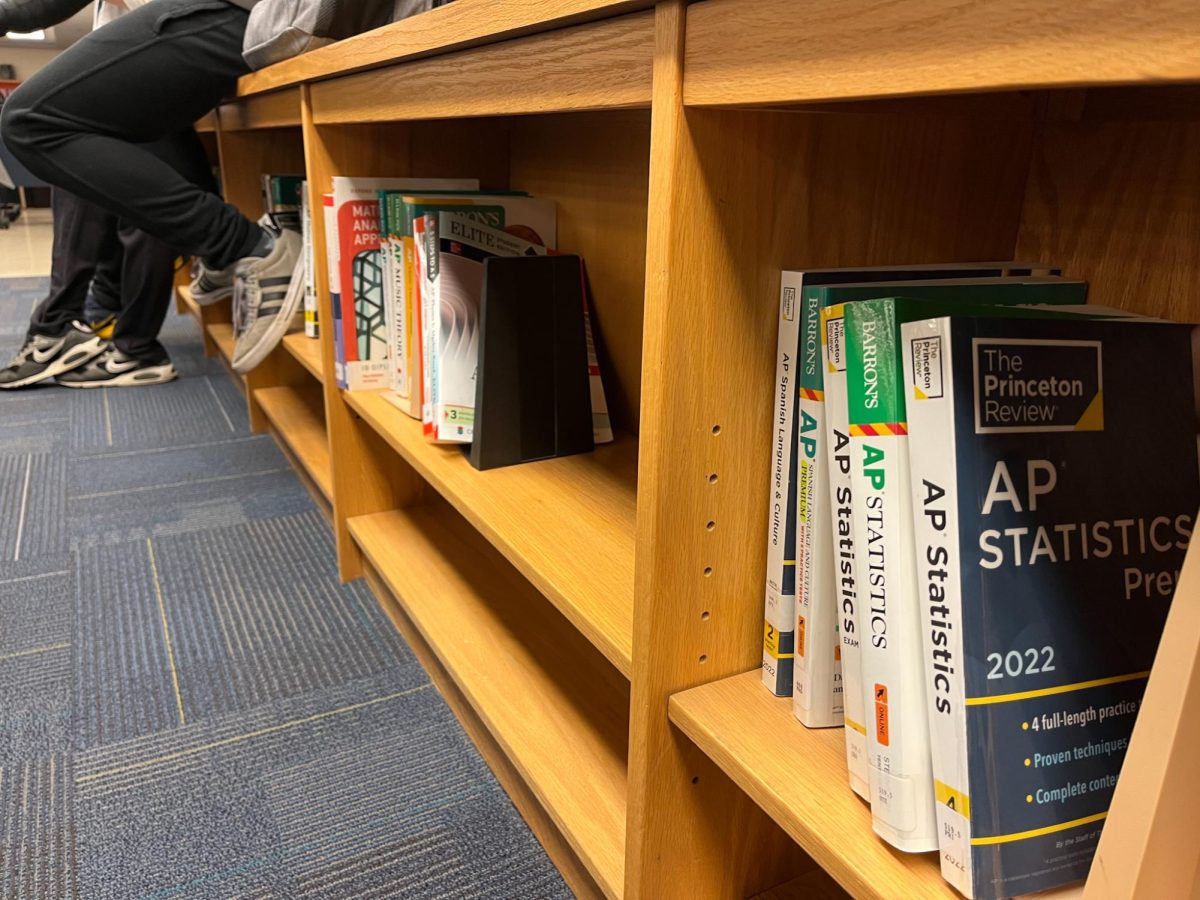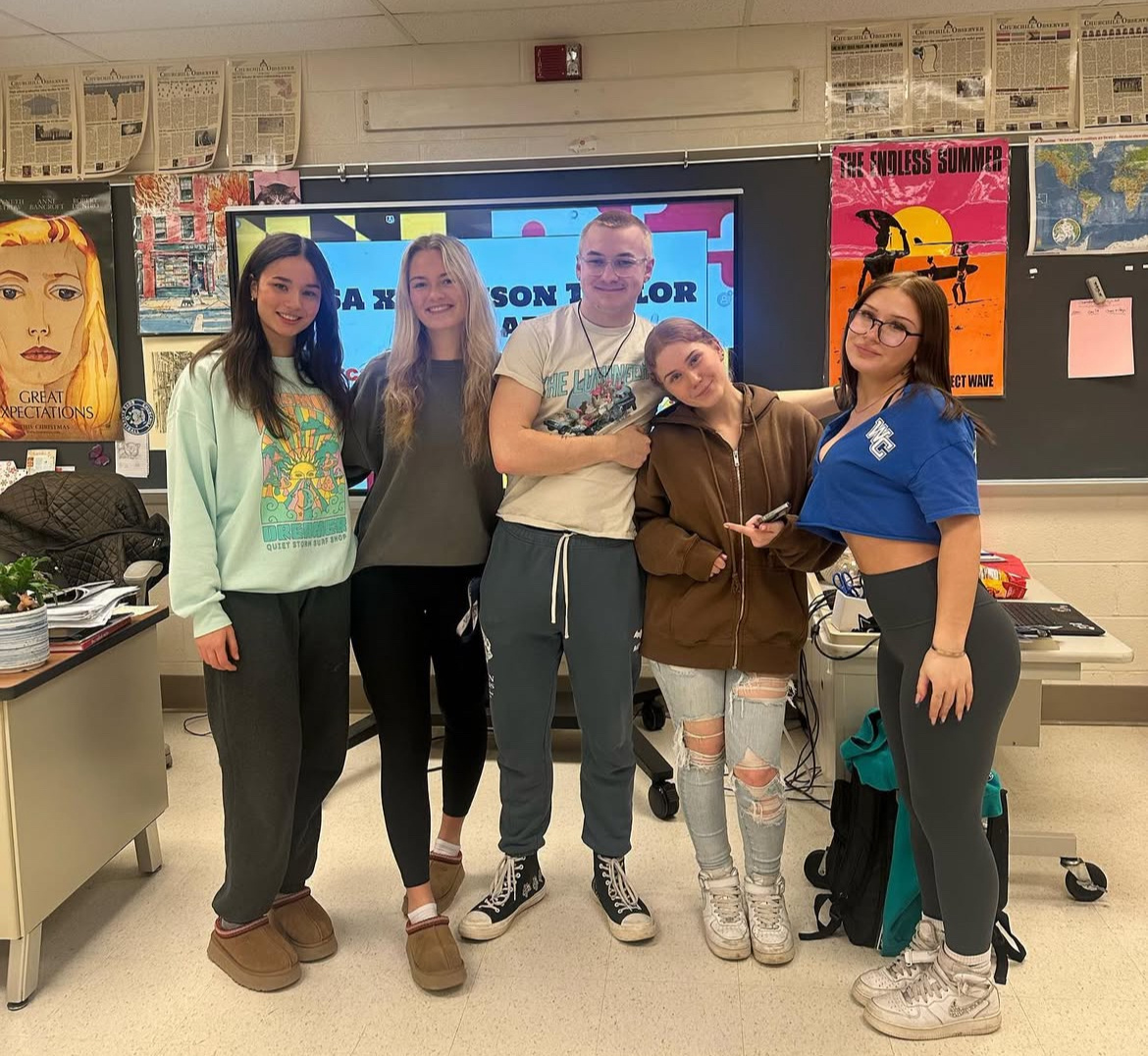It can be challenging to look at oneself in the mirror and smile, as one often notices every minor imperfection and flaw. Now, imagine how such a conscience can evolve when placed in a room full of mirrors: mirrors covering three out of the four sides of the room. Critical internal thoughts are only exaggerated by such a setting. Dancers are faced with the challenge of practicing in such environments for hours on end in uncomfortable leotards. WCHS junior and competitive dancer Kendyll Morandi and her counterpart Anya Kleinman from Richard Montgomery HS have set out to make dancers feel more secure in their bodies through their nonprofit Dancers Beyond Labels (DBL).
“Being a dancer myself and observing all of the social pressures that the dance industry pushed onto the youth population was so sad. Seeing dancers be turned away from roles in a dance and treated differently just because of their build and the stigma against dancers that are not tall, lean and skinny inspired me to co-found DBL,” Morandi said. “DBL’s overall mission is to eliminate the negative conversations and body image of youth dancers. The idea that our organization is for dancers, by dancers, allows us to promote our mission.”
The conversation of body image and youth eating habits is difficult for anyone, and one that many try to avoid. The truth is that many adolescents, particularly youth dancers, are faced with some level of body dysmorphia or disordered eating. As a result, DBL understands the importance of bringing such topics to light and decreasing the surrounding stigma.
“I think DBL’s mission is so important because they have taken the initiative to stop shying away from the horrible, stressful and seriously damaging environment many dancers face,” WCHS dancer and junior Jana Miller said. “DBL firmly calls out this issue and fights for change instead of just ignoring the elephant in the room.”
DBL is able to accomplish its mission through its three pillars, each playing a vital role in the nonprofit’s brand. The first pillar is education, in which the nonprofit shares facts about proper nutrition and the destructive role of dieting among competitive dancers, as well as debunks myths about body image through Zoom meetings, social media posts and their website. The second pillar is fundraising, largely via collaborations with the Bethesda Kendra Scott and See’s Candy, as well as walk-a-thon events and direct donations. The final pillar is connections. DBL does a fantastic job of spreading its mission through its connections to doctors and larger nonprofits. However, such success was not achieved overnight.
“As a youth nonprofit, it has been hard for partnerships to understand our perspective and see us as serious about our mission,” Morandi said. “To combat this, DBL has been using resources from our adult mentors, such as partnering with nutritionists and dietitians so we can distribute reliable information and create education platforms.”
DBL has used its partners to expand the scope of its mission significantly. DanceOne, a brand that hosts dance conventions while uniting leaders within the dance community and a fellow partner of DBL, has hosted a few info sessions dedicated to the DBL mission. Moreover, the nonprofit has a handful of branches throughout the entire country in the form of local school clubs.
“Our main partners are RecoverED Nutrition and Counseling, where we have worked with their team of therapists, dietitians and nutritionists to hold webinars and create our nutrition curriculum, along with discussions with studio heads to educate them on the impact of eating disorders in dance and prevention,” Morandi said. “We have also created a studio network, which is a part of our connection pillar. We aim to bring together studios nationwide and overseas, including those local to Maryland, to be under the same mission as DBL.”
The connection pillar of DBL is where most of the time and effort are delegated. With this being said, all of the hard work that Morandi and Kleinman have put into DBL has paid off as dancers have the ability to reflect upon their internal thoughts and determine whether or not their habits are positive or negative. The spread of awareness on proper nutrition and body positivity in dancers is why DBL is crucial to the dance community.
“DBL’s mission has helped me realize the pressures I have faced are not unique or pertain to the individual that I am, but are an ongoing issue among many dancers in the dance world,” Miller said. “I hope in the future DBL can highlight new strategies that teachers, role models and conventions could use to promote dancers of all body shapes on an equal playing field and celebrate dancers’ differences while strengthening their bodies that allow them to dance instead of constantly pushing them down.”


